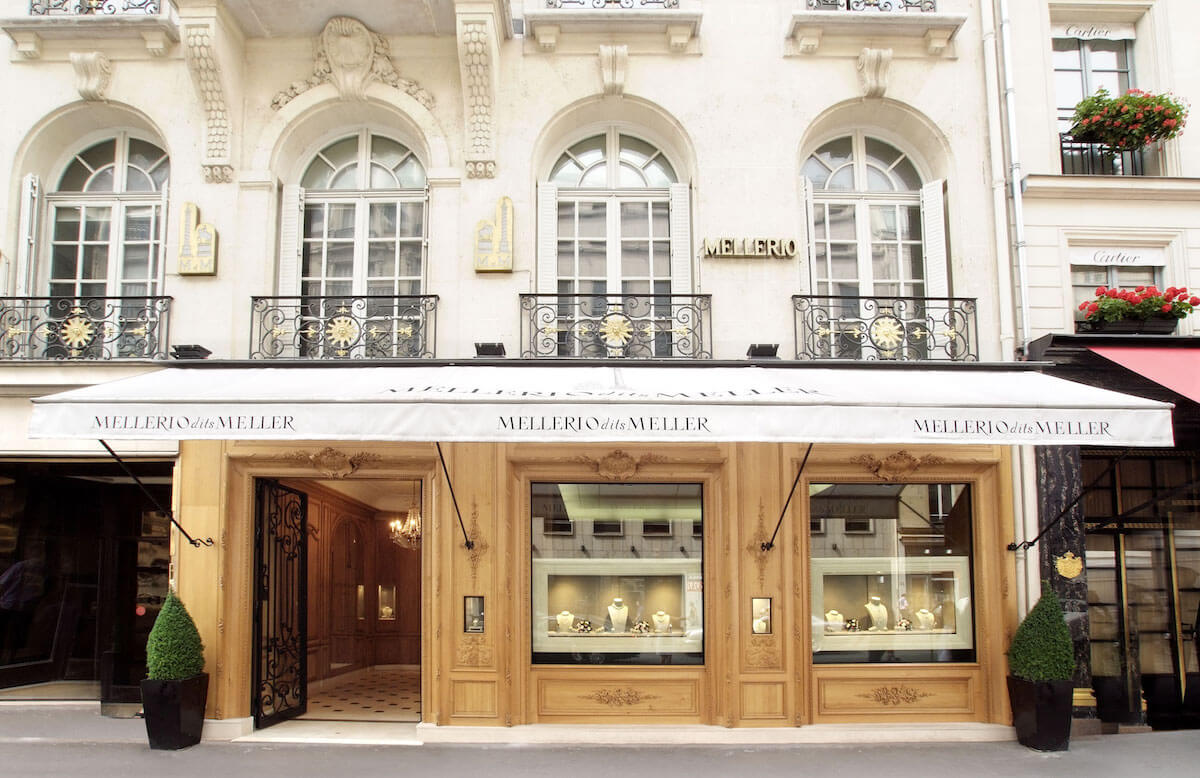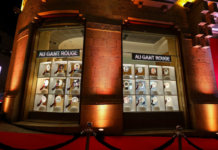Interview with Laurent Mellerio, CEO and Chairman, Mellerio
For over 500 years, the Mellerio family has adorned its customers with beautiful jewellery. Hailing from a small town in northern Italy, the Mellerios have achieved remarkable success as the jewellers of European kings and queens through their unique designs and unparalleled craftsmanship. And unlike many others in the industry, Mellerio has remained in family hands throughout its entire existence, meaning that for centuries, there has always been a Mellerio in charge of Mellerio.
Today, with 14th generation family member Laurent Mellerio at the helm and his wife as the creative director, Mellerio continues to provide one-of-a-kind pieces as it carries out the entire value chain from design to production. But despite this success, Laurent was never meant to take on the leadership role within his family business; as the youngest member among dozens of Mellerio’s in the current generation, he could not be further away from the company’s historical tradition of passing down succession to the eldest son. His unconventional rise to leadership has not only been enriching for the company today, but it may also hold the keys to ensuring Mellerio’s success in the years to come.
In this interview with Tharawat Magazine, Mellerio CEO Laurent Mellerio, shares the rich history of the family business, how he broke the tradition of primogeniture, and what makes him confident about his company’s future.
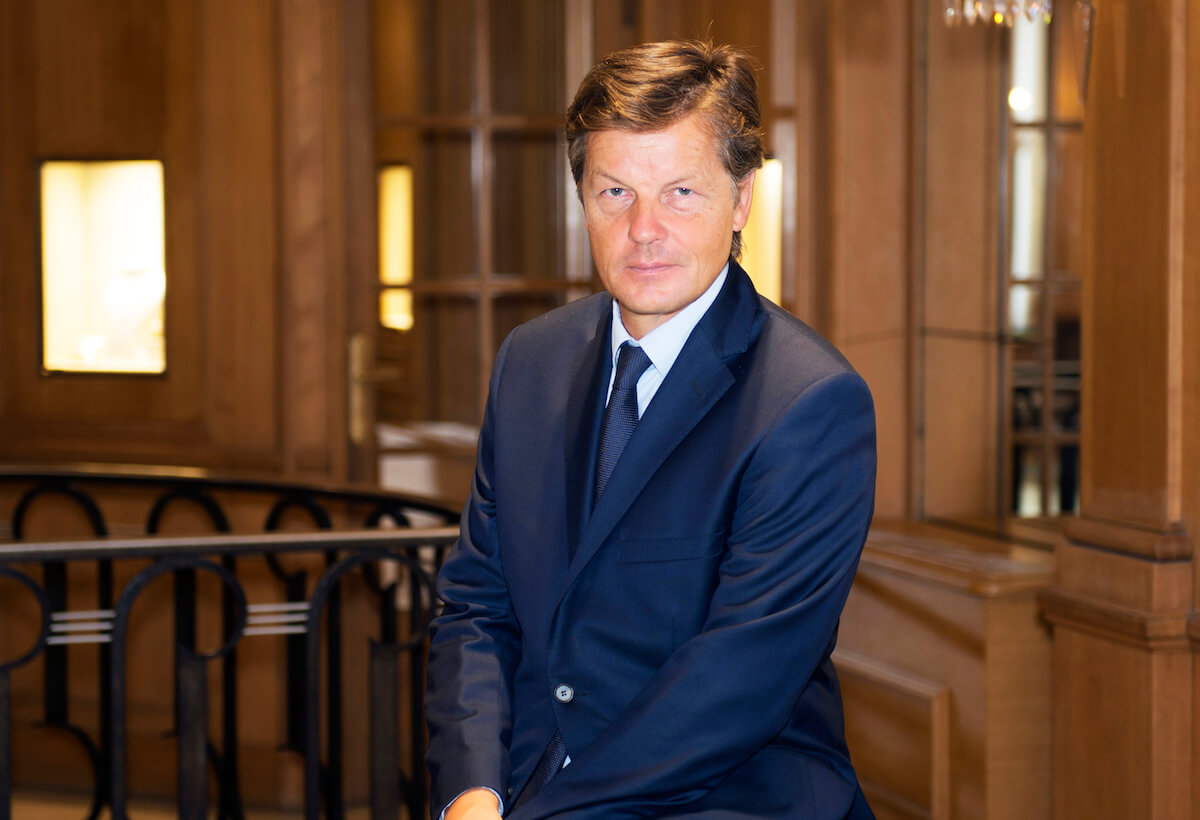
Tell us the centuries-old story of Mellerio.
Today you find us here in Paris, but we are of Italian origin. Our family hails from the northern part of Italy near the Swiss border, and that is where our story began. According to the early documentation of our family history, it was nearly 500 years ago when the Mellerios began working on precious objects. The family was then part of a wave of Italian artists who moved to Paris to enrich the royal court with their talents in the arts. In the year 1613, Marie de’ Medici, Queen of France and second spouse to Henry IV of France, permitted our enterprising forefathers to practice our trade in France, which was not a privilege granted to many foreigners. Every French king renewed our royal warrant up until Louis XVI, and the actual decrees are showcased in our village in Italy.
Throughout our lengthy history, we have kept the company in family hands – in 500 years, it was never sold once, even to private equity firms as many of our peers have done. Of course, the entire journey has not always been smooth sailing. Just think of how radically the world has changed over the past few centuries. But one of the wonderful benefits of having kept our company in family hands is that we have been able to preserve all our archives. In our early days, our family remained rooted to our original hometown in Italy. The Mellerio men would write to their families back home, detailing the day-to-day happenings in the business. Those letters, which have been carefully preserved, provide wonderful insights into their thinking and entrepreneurial drive. The legacy of the family and the legacy of the business are inextricably linked, and thanks to these letters, we remain connected to our roots.
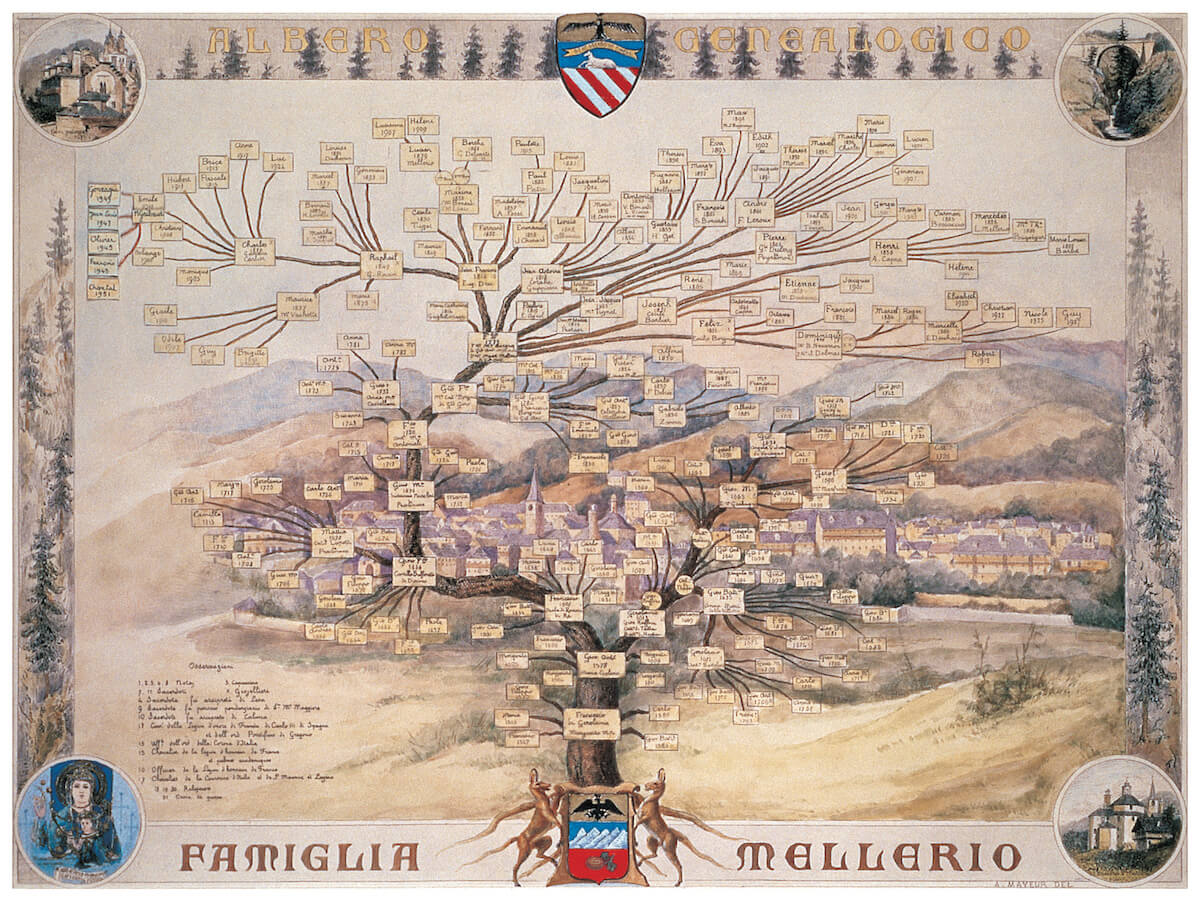
How has Mellerio managed to thrive for so many centuries?
I don’t really think that there is a particular recipe, but in our case, I would attribute our longevity mainly to three things. First, there is the undeniable, unwavering artistic flair that we have maintained throughout our business. The creations of Mellerio have always been full of imagination, elegance, and of the highest quality in craftsmanship. We have always put our priority on the artistic integrity of the product.
Secondly, the relentless entrepreneurial spirit we have maintained over the centuries has been key to our success. We adapted our ways whenever it was necessary, and we pioneered where we could. For example, the Rue de la Paix, which today is Paris’ most fashionable shopping street, opened in 1806. By 1815, Mellerio became the first jewellery house to set up shop on the street, a full 70 years before our competitors arrived. We took risks, and they paid off. We also adapted quickly to changing circumstances. When the French monarchy came to an end in 1848, the then head of Mellerio moved to Spain to sell jewels to its Queen, Isabella II. He spent eight years there without seeing his family and wrote to his wife every day telling her about the queen’s caprices and the state of the business. This unique ability to adapt to any situation and make the best of changing circumstance is definitely why we are still here.
I would say the third ingredient to our longevity goes hand in hand with the first two, which is resilience. Time and time again, we went through wars and crises, all the while retaining our people. This has been the key to our ability to continue when everyone else gave up.
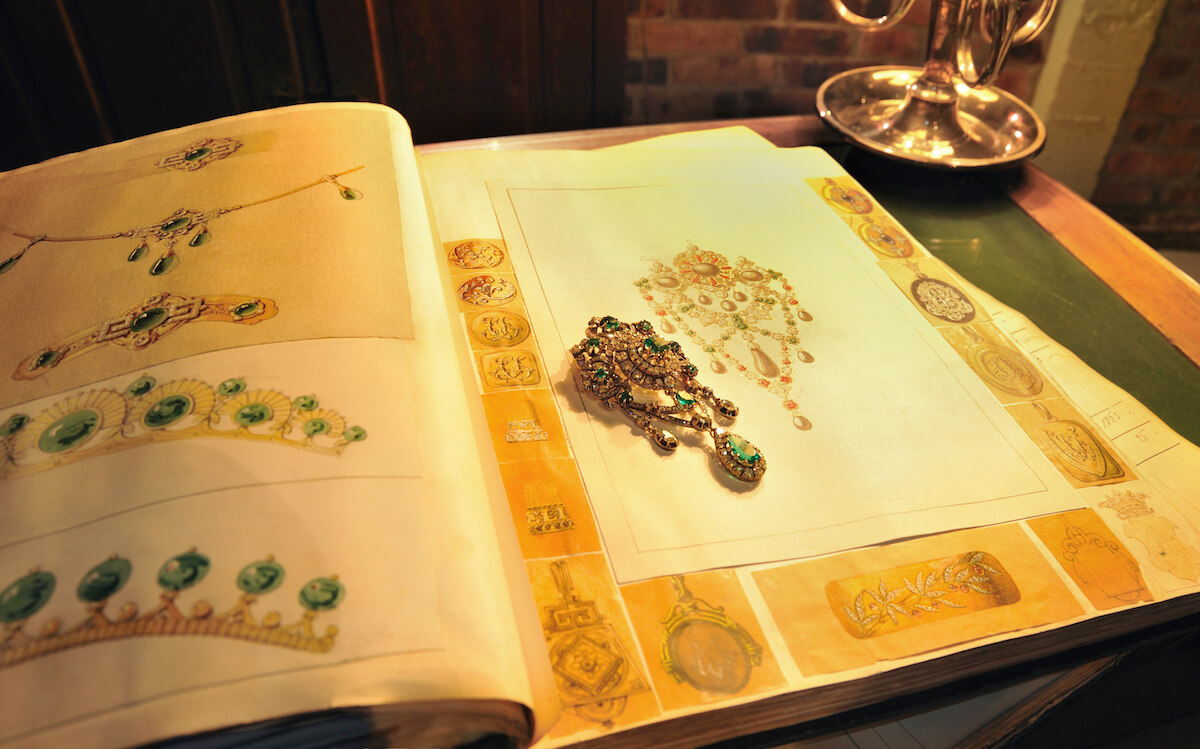
How did you get started in the family business?
For 400 years, our business has been handed down according to primogeniture, meaning that it has always been handed down from father to the eldest son. This has meant that the company shares were concentrated with a small group of family members, which has served us well for the continuity of Mellerio.
Prior to my joining the family business in an official capacity, I ran a pharmaceutical company and had a lengthy background in corporate leadership. I was always involved in the family businesses but more through honorary appointments because my cousin was the heir. He is the eldest of our generation, and I am the youngest, and there are 54 cousins between us. But a few years ago, he asked me to work as a go-between for the family and the business, which I did. Then in 2013, my cousin decided he wanted to retire from the business, and none of his children were interested in taking over. So I bought my cousin’s shares, breaking the primogeniture for the first time in centuries.
It was a big decision to take, and I took in consultation with my wife and my four sons. After all, it was a great investment, and I wanted all of them to be on board to make this decision as a family. It has been five years since the beginning of that transition and so far, so good. We love what we do and are passionate about the family business. I think that joining the company has been beneficial because I bring a different perspective to the leadership role. My background and work experience from different industries mean that I can bring a fresh perspective to the table and make it easier innovate. So although I was not the pre-destined heir and never thought I would end up being involved in this role, I am very happy it all worked out this way.
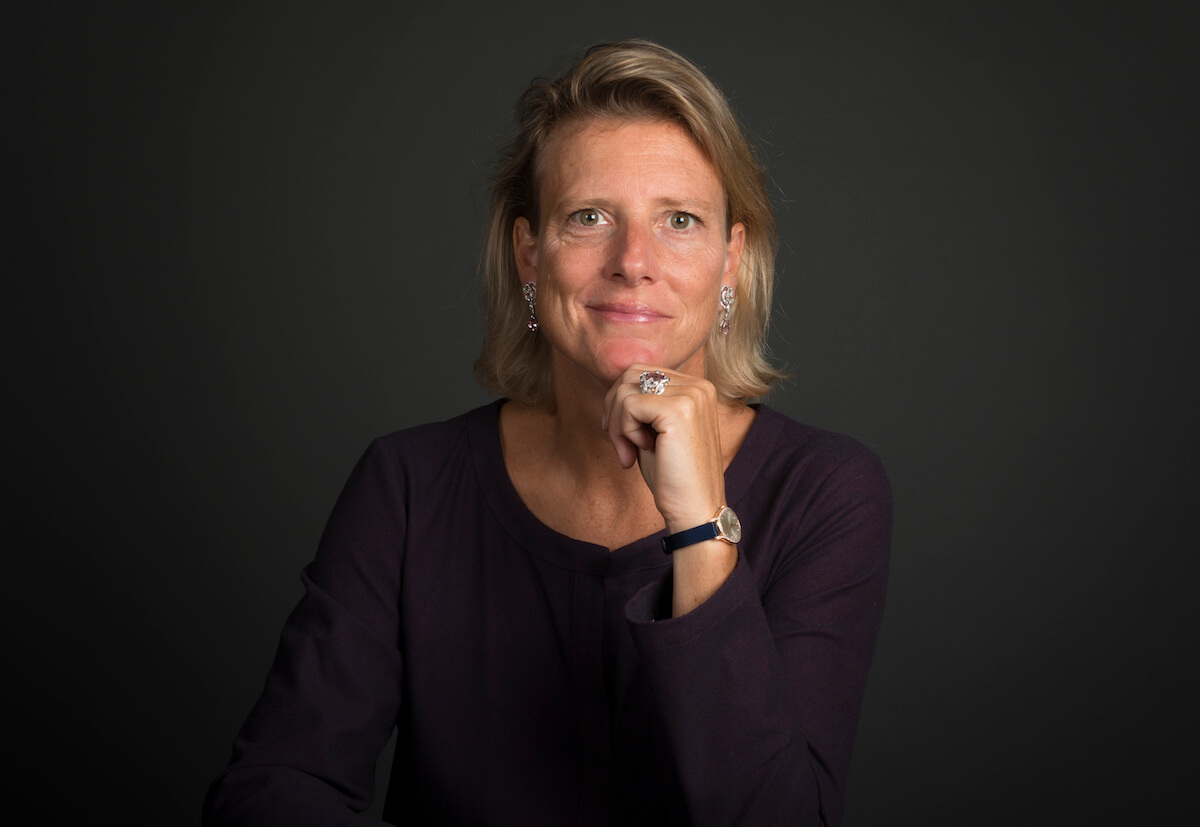
When you made the decision to join the company, was it influenced in any way by the thought that your sons might take over in the future?
No, absolutely not. My sons today are between 14 and 23 years old, and I want them to make their own decisions. Of course, it would be great if they had an interest in the business but that is not why we did this. In fact, my taking over like this sets a great precedent for the company in that it should always look for the most competent person to take on Mellerio. This will help us last another few centuries.
In this age of digitalisation, what do you think are the main disruptions that will impact Mellerio?
It’s definitely not business as usual anymore. We have to rethink many things in a fast-moving world. But the Mellerio strength lies in its agility and quick decision-making. My wife is today the creative director of Mellerio, and she works on all the creations coming out of our house. She is very accomplished and is also an interior designer, art historian, and gemologist. The way we meet the changes in the environment is by emphasizing the uniqueness of our products, and by maintaining a personalized service to ensure authenticity which many people are looking for today. We let the stones give us direction and do not inform our design decisions only based on marketing trends. We do create jewels around themed collections for visibility and to offer accessible products aside from the bespoke offerings which remain our core activity. That is why we always stand out. No other product on the market looks like our jewellery. We have no limits in the act of creation, and it’s such fun and inspiring process. I think this ability to retain that edge of uniqueness combined with our culture of family ownership is what makes us so different from our competitors.
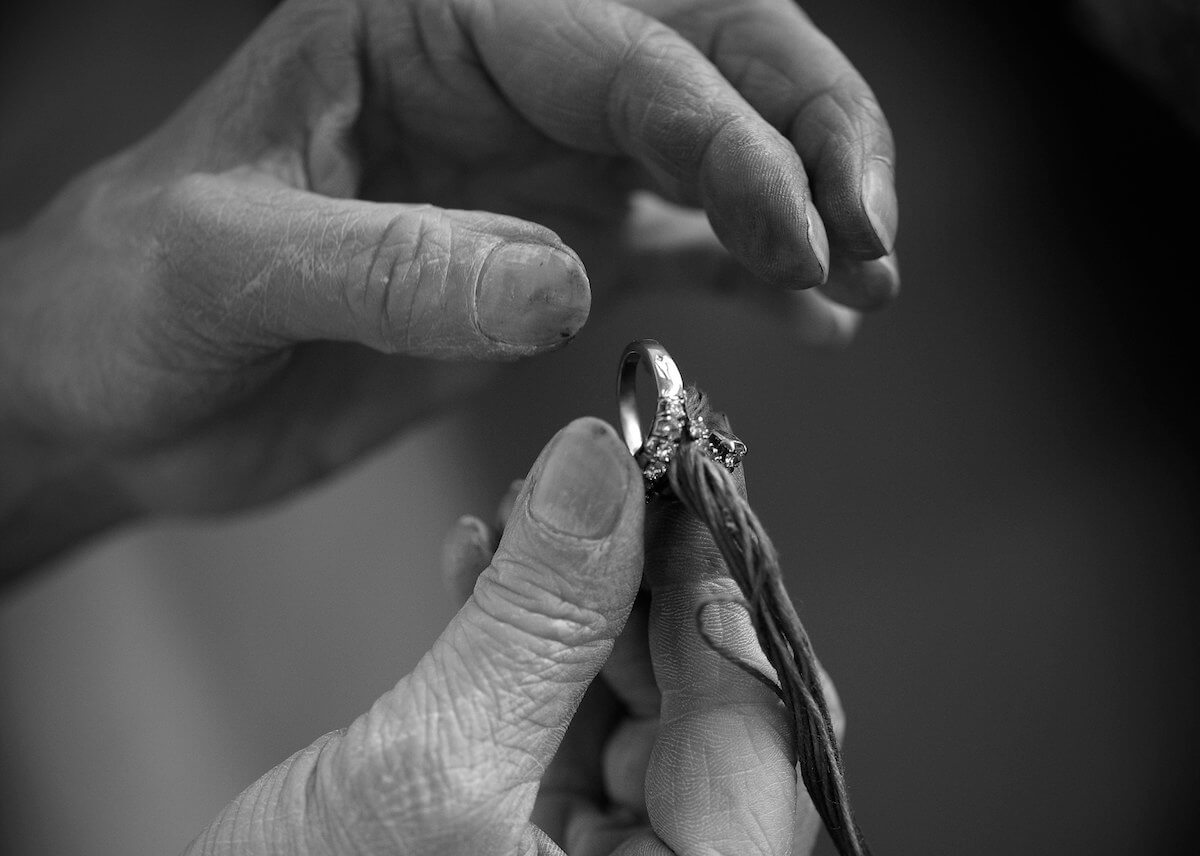
[ms-protect-content id=”4069,4129″]
How have your clients evolved throughout the years?
Our products are known to be contemporary and timeless; we sell to the grandmother, the daughter, and the grand-daughter. Historically speaking, being a family’s jeweller is an important role because it is a mark of confidence. Our main customer base has been and still are French families, but of course, this has changed over recent decades as customs and traditions have evolved. As our customer base now spans all the way from the US to Asia we are keen to provide all our clients with an authentic and confidential experience. The kind of experience only a jewellery house like ours can provide.
We have to face the fact that people may want to see our jewels online, which means that we must be able to cater to different segments in terms of affordability. It is important for us to constantly ask ourselves what our customers want and how they are changing. Adapting to those needs isn’t always easy and might sometimes take time, but in the end, it is worth it.

You mentioned the beautiful archives of letters and how they have inspired your whole family. How will Mellerio document itself today and in the future?
Our archives are an important contribution not just to our own history, but also to that of the public as we have documented so much of what happened throughout the last few centuries. Our family has born witness to it all and has been part of it in many ways.
Going forward, the most important things to document are the creations that we come up with. Our legacy will always be the pieces that we design, the joy that they bring to our customers and the way they shape our industry.
But one thing that is extremely important to me is that we don’t refer to Mellerio only in terms of its history and its past, but that we focus on what we do today and especially what we plan on doing in the future. We do not want to be prisoners of what was, but rather want to move forward and be confident that we are relevant today and tomorrow. I believe that is what every generation of our family has done in their moment in history and that is what we will do as well.
[/ms-protect-content]


